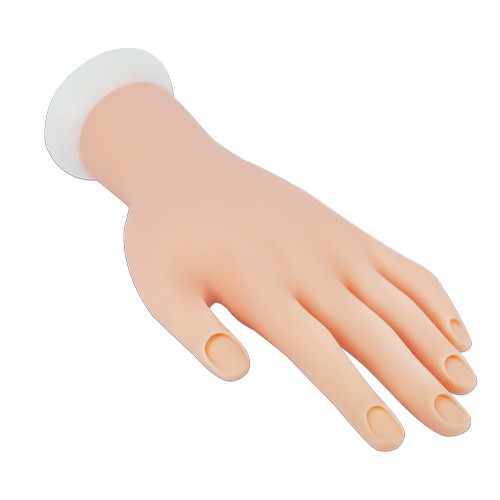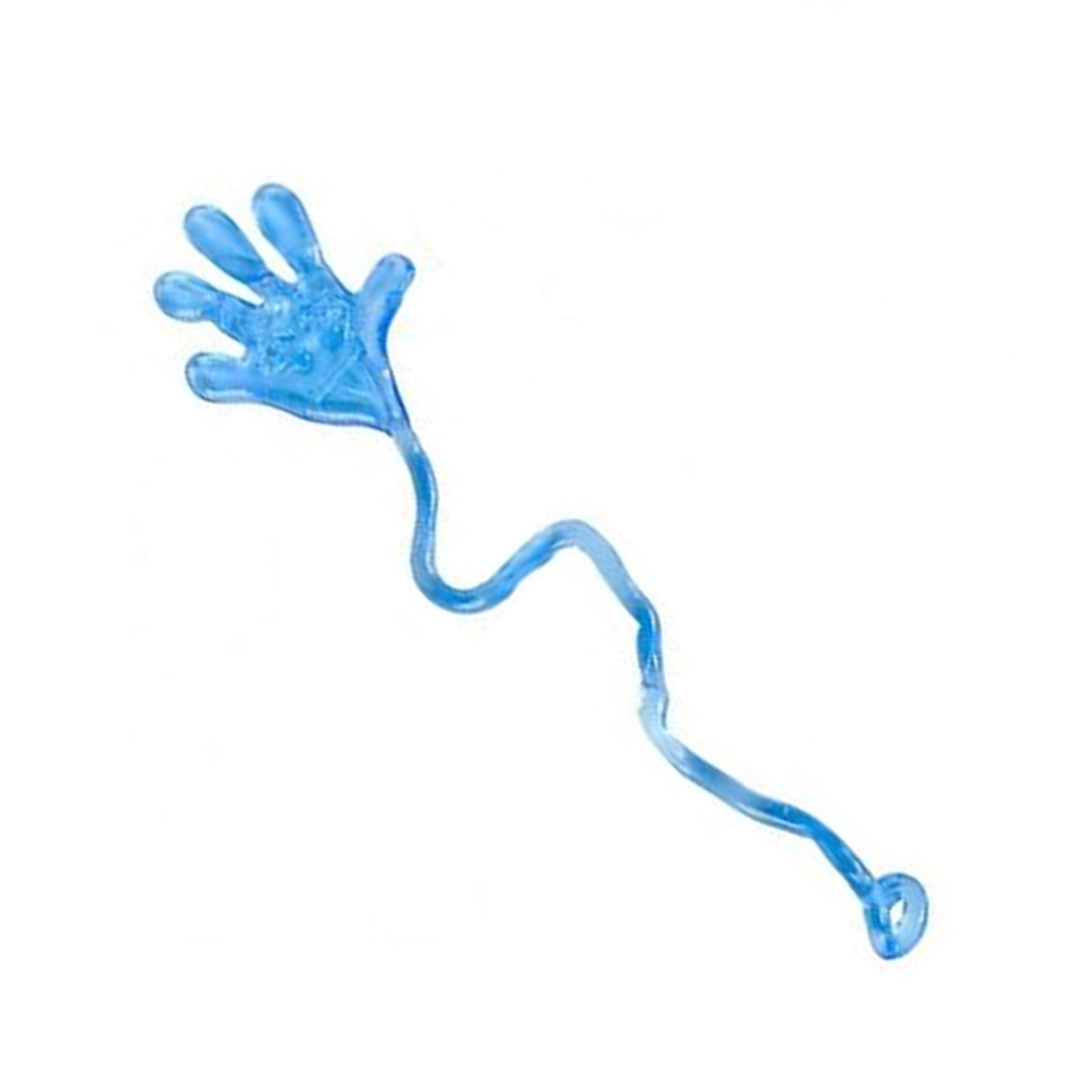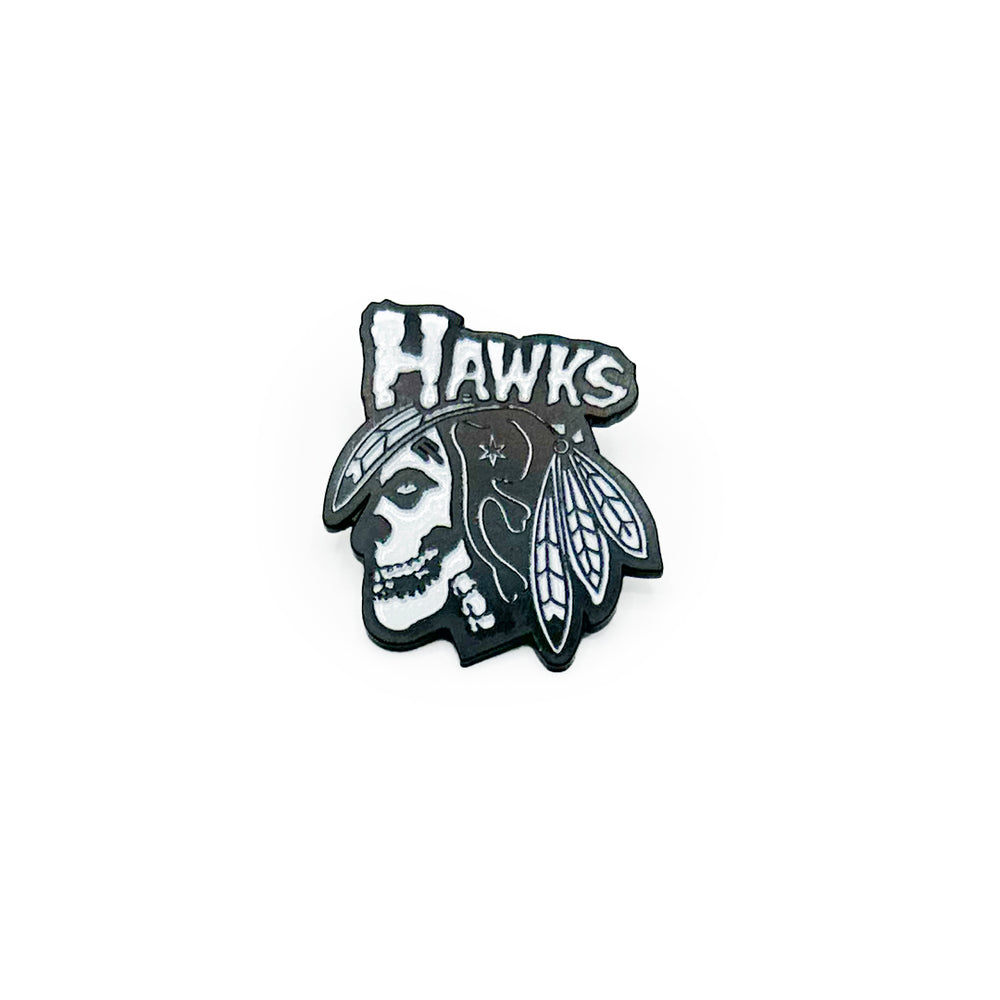
The active rubber hand illusion. The participant's index finger and
Download scientific diagram | | The active rubber hand illusion. The participant's index finger and artificial index finger are connected via a small rod (dashed line). As a result, whenever the participant moves his or her own index finger up or down, or alternatively the rod is moved up or down by the experimenter, the artificial hand's index finger moves correspondingly. The occurrence of SoO and SoA can be systematically investigated by varying the mode of agent (i.e., whether the artificial finger movements are self-generated or generated by the experimenter) and by the positioning of the artificial hand (Braun et al., 2014; Kalckert and Ehrsson, 2014a,b). from publication: The Senses of Agency and Ownership: A Review | Usually, we do not question that we possess a body and act upon the world. This pre-reflective awareness of being a bodily and agentive self can, however, be disrupted by different clinical conditions. Whereas sense of ownership (SoO) describes the feeling of mineness toward | Ownership, Senses and Alien Hand Syndrome | ResearchGate, the professional network for scientists.

That's My Hand! Activity in Premotor Cortex Reflects Feeling of Ownership of a Limb

A canonical setup to elicit the rubber hand illusion. The participant

Synchronous motor imagery and visual feedback of finger movement elicit the moving rubber hand illusion, at least in illusion-susceptible individuals

A) Rubber hand illusion. Participants sit in front of a table with

Body ownership determines the attenuation of self-generated tactile sensations

The active rubber hand illusion. The participant's index finger and
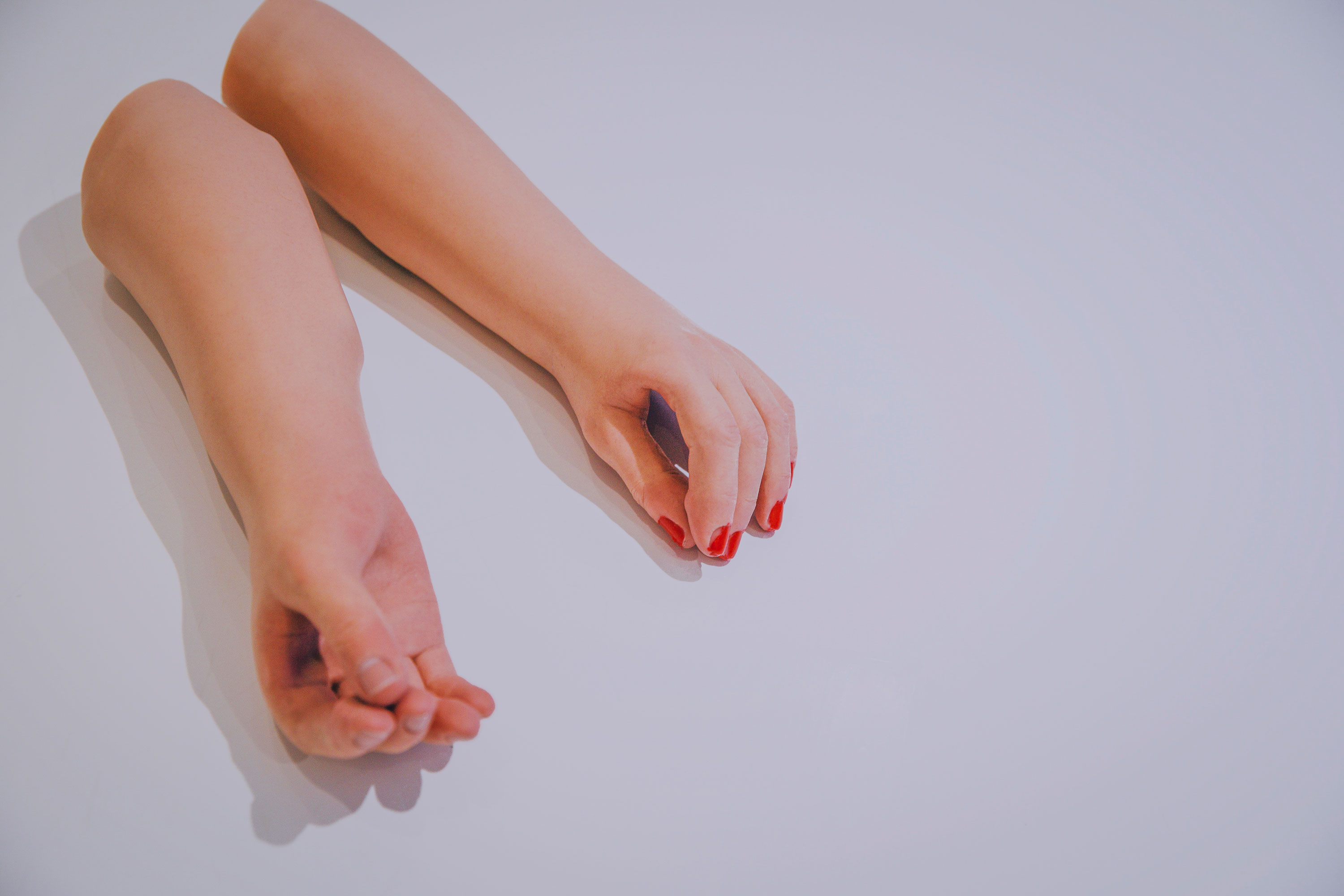
The VR illusion that makes you think you have a spider's body

Synchronous motor imagery and visual feedback of finger movement elicit the moving rubber hand illusion, at least in illusion-susceptible individuals

Culture, Self, and Agency (Chapter 8) - Culture, Mind, and Brain

Touching a Rubber Hand: Feeling of Body Ownership Is Associated with Activity in Multisensory Brain Areas

The Situated Brain (Section 2) - Culture, Mind, and Brain

Visuo-Tactile Congruence Leads to Stronger Illusion Than Visuo-Proprioceptive Congruence: a Quantitative and Qualitative Approach to Explore the Rubber Hand Illusion in: Multisensory Research Volume 36 Issue 6 (2023)
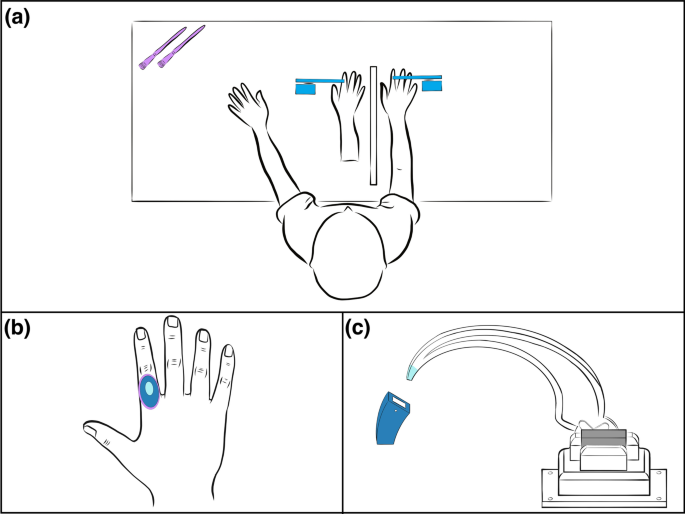
The rubber hand illusion is a fallible method to study ownership of prosthetic limbs

